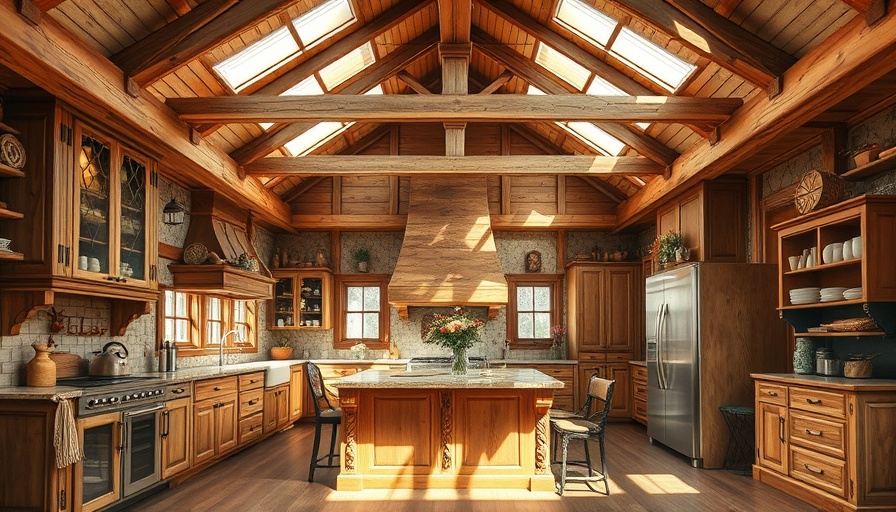
Understanding the Uncommon Sideways Traffic Lights
While driving through various states in the U.S., you may come across something that looks unexpected—sideways or horizontal traffic lights. Initially, they may seem strange, but understanding them is essential for every driver, especially those not familiar with locations where these signals are used. They may hold the same colors as traditional vertical lights, but their arrangement from left to right can be disorienting for first-time observers.
The Practical Reason Behind the Design
Horizontal traffic lights are particularly prevalent in states known for extreme weather, such as Florida, Texas, New Mexico, and parts of the Midwest. Their design is a critical decision made to withstand harsh wind and snowy conditions. By aligning the lights horizontally, the poles experience less strain in high winds, thereby reducing the likelihood of malfunction during storms. Furthermore, in areas with limited vertical space, these lights are an ideal solution, allowing for maximum usability without obstruction.
Interpreting the Colors Doesn’t Change
Regardless of whether the signals hang sideways or vertically, the meaning of the colors remains constant across the nation. A red light requires you to stop, yellow means prepare to slow down, and green signals go. This consistency is crucial, especially for those with color vision deficiencies, who can rely on the light’s position: red is always on the left, yellow in the middle, and green on the right.
Diverse Signals Enhancing Traffic Management
Besides horizontal orientations, traffic management employs various signals to create safer driving environments. Arrow signals play a significant role in indicating safe turns without competing traffic, while pedestrian countdown signals provide crucial timing for crossing. There are also flashing signals: a flashing yellow gives cautionary advice, while a flashing red denotes a complete stop, similar to a stop sign.
Future Trends in Traffic Signal Design
As technology continues to evolve, traffic signals are becoming smarter. The integration of LEDs has improved overall visibility, particularly in issue-prone weather conditions. Some cities are now experimenting with smart traffic systems that can learn and adapt based on real-time traffic patterns, offering dynamic responses to enhance flow and safety.
Why Knowing About These Signals Matters
Understanding traffic signals, especially non-traditional ones, is not merely about compliance; it’s about ensuring safety on the roads. Misunderstandings can lead to accidents, which is why drivers must adapt to the variations in signal systems as they navigate different locations. Being aware of new traffic designs can contribute to better driving habits and less stress when encountering unfamiliar traffic situations.
What This Means for Homeowners and Contractors
For homeowners and contractors alike, knowledge of local traffic systems can aid in planning renovations, landscaping, and outdoor projects. When undertaking a project that involves road accessibility, understanding relevant traffic signals may influence design choices or project timelines. Every contractor should consider how their work interacts with local traffic regulations and signal implementations to keep their clients — and the wider community — safe and informed.
In conclusion, as geographical and technological advances reshape how we interact with road travel, understanding horizontal traffic lights and their functionalities becomes increasingly vital. It not only empowers you as a driver but also contributes to a safer, more harmonious driving environment. So, the next time you find yourself on a road with these sideways signals, remember to focus on the lights’ colors over their orientation!
 Add Row
Add Row  Add
Add 




Write A Comment